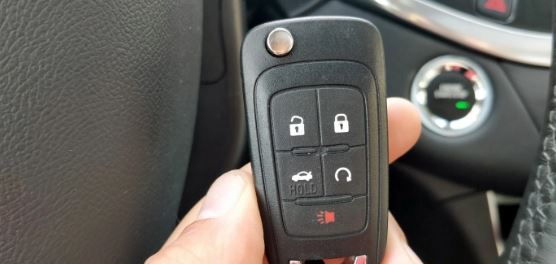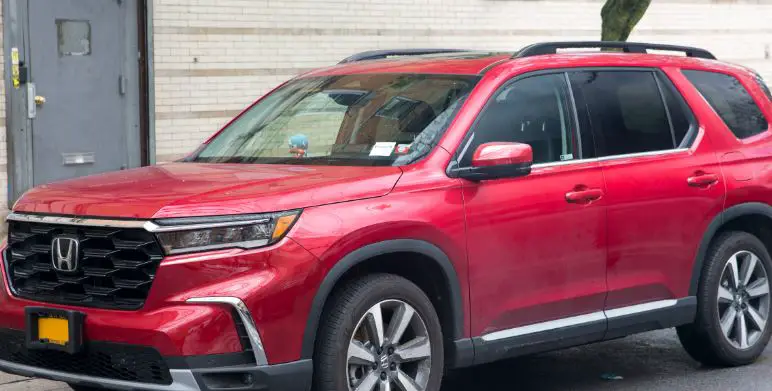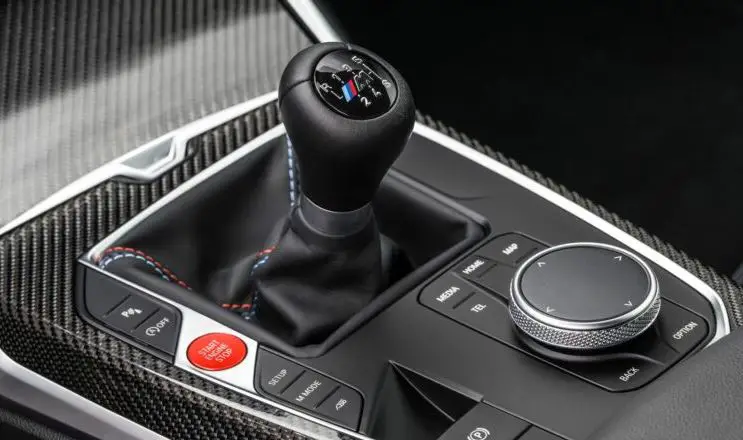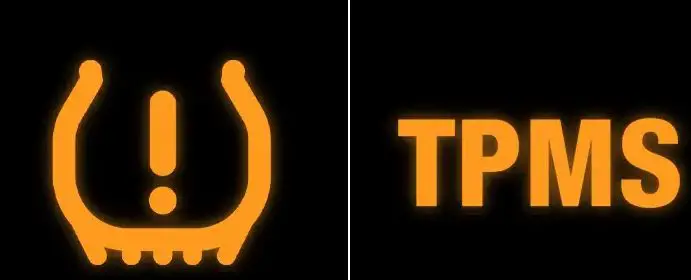If you’re like most drivers, you rely on your car’s remote start to make getting in a cold car a little bit easier. But what do you do when the check engine light comes on and your remote start no longer works? Don’t worry – we’re here to help! In this blog post, we’ll explain what remote start is, why some cars disable the feature when the check engine light is on, and what you should do next.
Lets take a look!
What Is Remote Start And How Does It Work?
The remote start feature on many modern cars is a great convenience. It allows you to start your car from a distance, so you can warm it up in the winter or cool it down in the summer. But how does this technology work?
Basically, the remote start feature uses a radio frequency signal to send a code to the car’s computer. This code tells the car to turn on the engine. The car will then stay on for a set amount of time, before turning off again.
There are a few different ways that this technology can be used. Some systems will allow you to turn on the engine from inside your house. Others will only work when you are close to the car.
Most systems require you to have a key fob with you in order to use the remote start feature. This is so that only you can start your car. Otherwise, anyone could start your car and drive off with it!
What Are The Conditions Needed For Remote Start To Work
There are a few conditions that need to be met in order for the remote start feature to work. First, the car needs to be turned off. Second, the key fob needs to be within range of the car. And finally, the car’s battery needs to have enough charge.
If any of these conditions are not met, then the car will not start.
However if all of these conditions are met but the car still wont start there may be another issue (Eg There is a problem with the engine)
If the check engine light is on, then the car’s computer may not allow the engine to start. This is because the computer is designed to prevent the engine from starting if there is something wrong with it.
What Is A Check Engine Light And What Does It Mean?
A check engine light is a warning that comes on when your car’s computer detects an issue with the engine or emission control system. It could be something as simple as a loose gas cap, or it could be a serious problem like a misfire. Either way, it’s important to have the problem checked out by a mechanic as soon as possible.
There are many different things that can cause a check engine light to come on, so it’s difficult to say exactly what it means without knowing more about the specific situation. However, some common causes of a check engine light include:
– A loose or missing gas cap
– A faulty oxygen sensor
– A malfunctioning catalytic converter
– A misfire in the engine
Why Do Some Cars Disable Remote Start When A Check Engine Warning Is Active?
As the weather gets colder, drivers increasingly rely on their car’s remote start feature to warm up their vehicle before heading out. However, some cars disable this feature when a check engine warning is active. Why is this?
There are a few reasons why this may be the case. First, it could be due to a problem with the car’s emissions system. If the check engine light is on, it means that the car is not meeting emissions standards. This could be due to a faulty sensor or another issue. Disabling the remote start feature ensures that the car does not produce excessive emissions while it is warming up.
Another reason for this safety measure is to prevent engine damage. If the car is started remotely and then left unattended, it could overheat or stall. This could cause serious damage to the engine.
So, if your car has a remote start feature, be sure to pay attention to the check engine light. If it is on, it’s best to avoid using the remote start feature until the problem has been diagnosed and repaired.
How To Make Remote Start Work With Check Engine Light On?
First, try to clear the fault codes with an OBD scanner tool. This is only a temporary measure until you can diagnose and fix the underlying issue. If that doesn’t work, then here are a few other things you can try:
1. Check your fuel cap. A loose or damaged fuel cap can trigger the check engine light.
2. Inspect your air filter. A clogged air filter can also cause the check engine light to come on.
3. Check your spark plugs. Dirty or faulty spark plugs can cause engine misfires, which can turn on the check engine light.
4. Have your car scanned for codes. A professional diagnostic scan will tell you exactly what is triggering the check engine light.
5. Repair the underlying issue. Once you know what is causing the check engine light to come on, you can fix the problem and prevent it from happening again.
How To Fix A Check Engine Light
If your check engine light is on, it’s important to get it fixed as soon as possible. Driving with a check engine light can damage your car and void your warranty. The best way to fix a check engine light is to take it to a mechanic and have them run a professional diagnostic.
This will help determine the root cause of the problem and allow the mechanic to make the necessary repairs. If you’re not comfortable taking your car to a mechanic, you can try some simple troubleshooting techniques at home. However, keep in mind that these techniques may not always be effective.
Check your owner’s manual for more information on how to troubleshoot a check engine light.
Go Home








